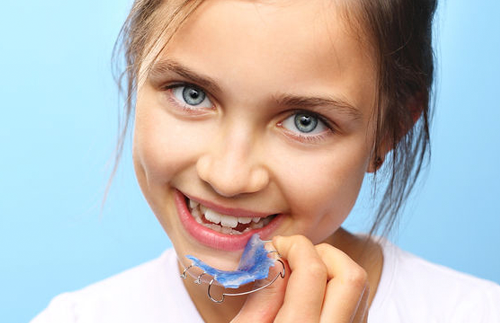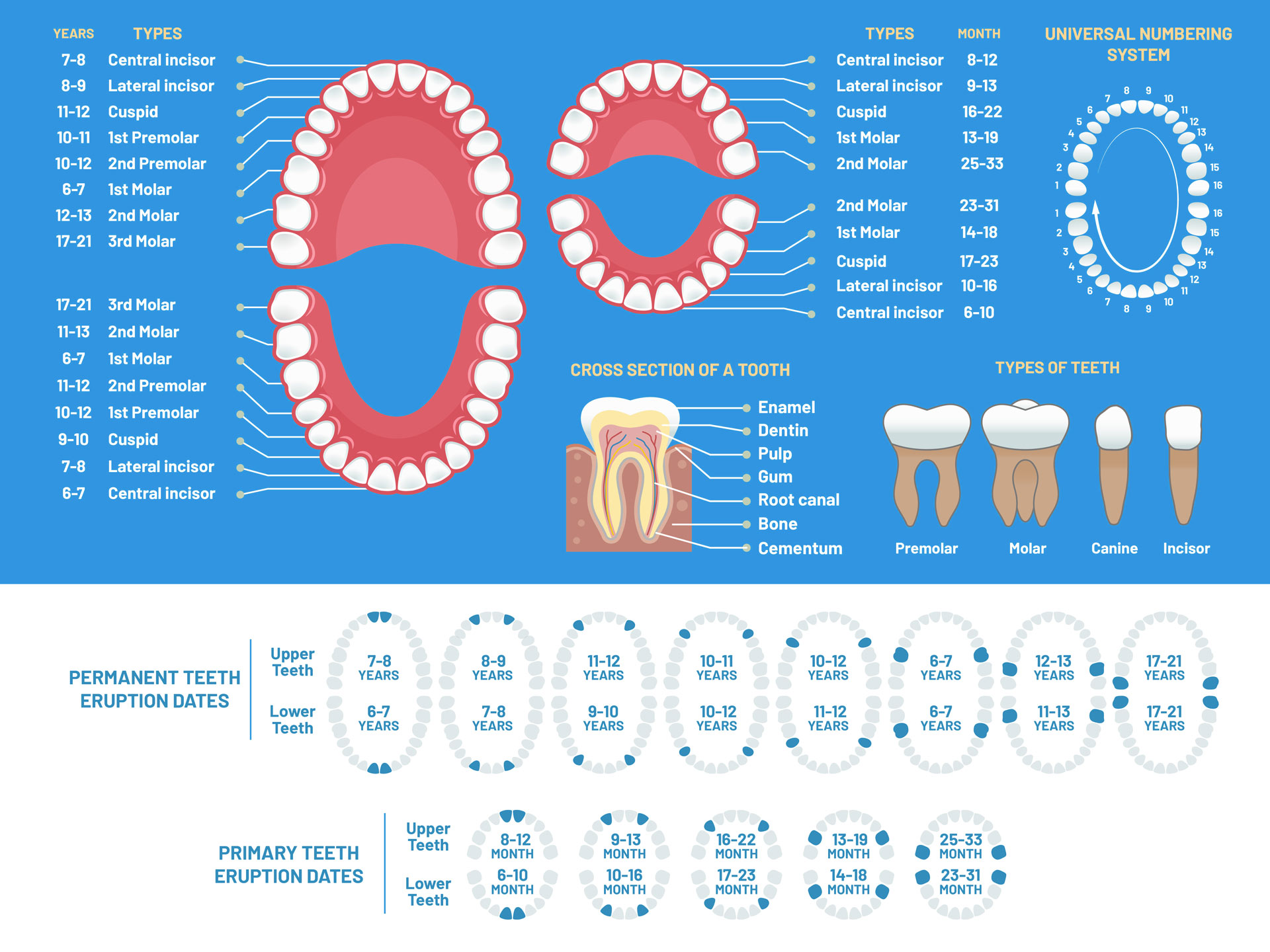For Children
While your child’s teeth may appear to be straight, there could be a problem that only an Orthodontist can detect. Of course, the check-up may reveal that your child’s bite is fine, and that can be comforting news. Even if a problem is detected , your orthodontist may not recommend immediate treatment. Chances are, your doctor will take a “wait and see” approach, checking on your child from time to time as the permanant teeth come in and the jaws and face continue to grow. In some cases, your orthodontist might find a problem that can benefit from early treatment.
Early treatment may prevent more serious problems from develooping, and make treatment at a later age shorter and less complicated. Typically, early treatment involves the use of orthodontic appliances, which may be removable, to guide the growth of young bones and create a better environment for adult teeth as they emerge. In some cases, the orthodontist will be able to achieve results that would’nt be possible once the face and jaw have finished growing.


Refer to the chart below to monitor your child’s teeth development cycles
Early treatment gives your orthodontist the chance to:
• Guide jaw growth
• Lower the risk of trauma to protruded front teeth
• Correct harmful oral habits
• Improve appearance and self-esteem
• Guide permanant teeth into a more favorable position
• Improve the way lips meet
It’s not always easy to tell when your child has an orthodontic problem. Even teeth that look straight
may be hiding a problem bite, and that’s why it’s important to take your child for that first orthodontic
check-up no later than age 7. Here are some clues that may indicate the need for orthodontic attention:
• Early or late loss of baby teeth
• Difficulty in chewing or biting
• Breathing through the mouth
• Thumb-sucking
• Crowded, misplaced or blocked out teeth
• Jaws that are too far forward or back
• Biting the cheek or biting into the roof of the mouth
• Protruding teeth
• Upper and lower teeth don’t meet, or meet in an abnormal way
• An unbalanceed facial appearance
• Grinding or clenching of the teeth

